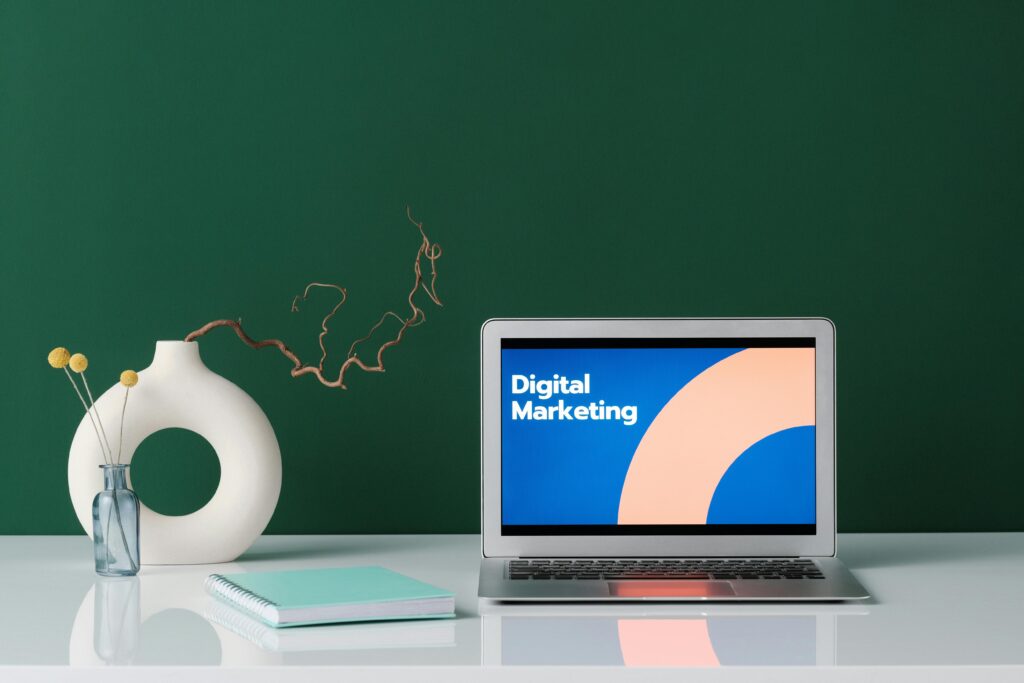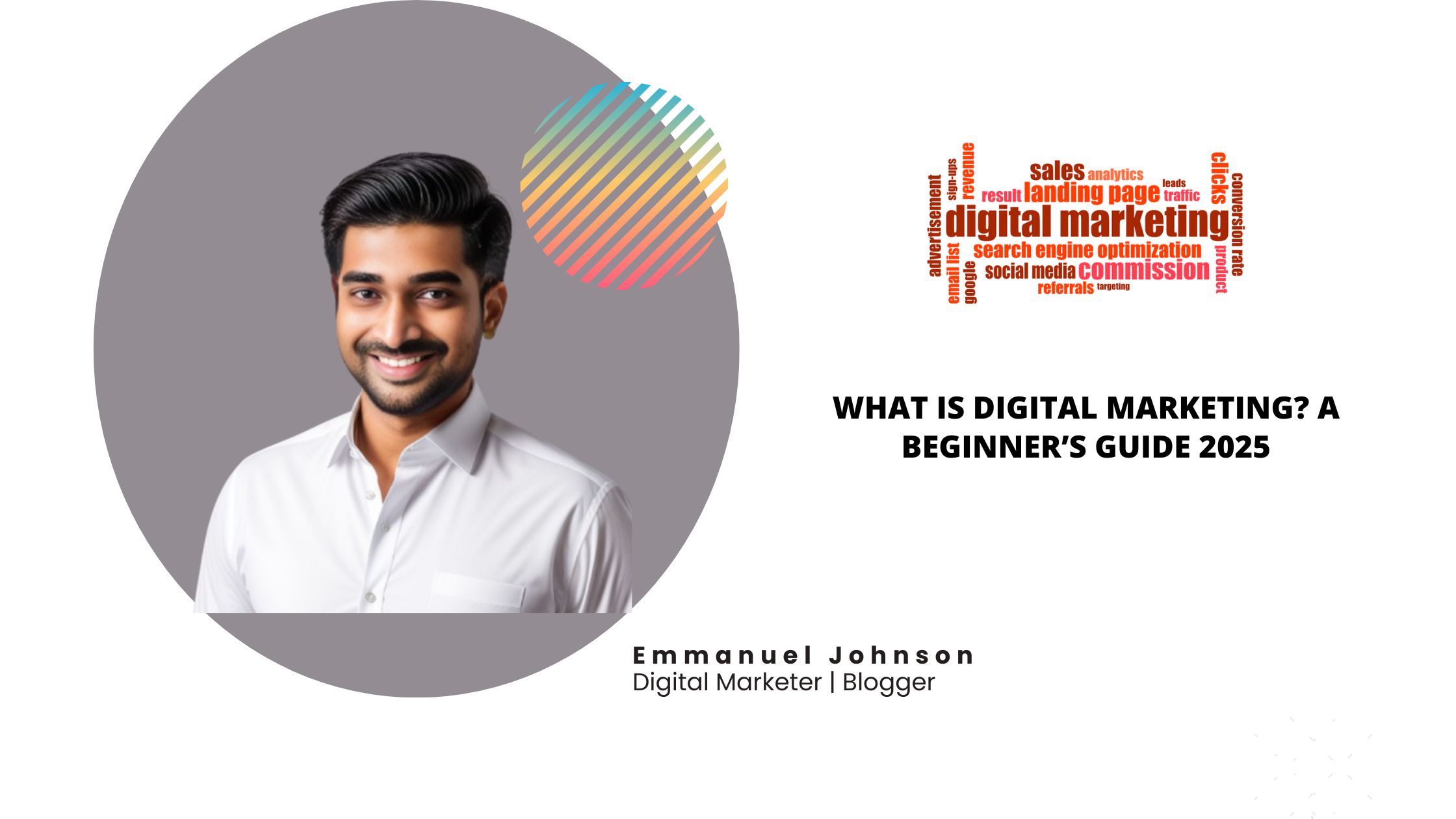
Digital marketing is more than just a buzzword—it’s a crucial strategy for businesses of all sizes in today’s online world. Whether you’re a small business owner, an aspiring marketer, or simply curious about how brands promote themselves on the internet, understanding the basics of digital marketing is a must. This beginner’s guide will walk you through the fundamentals, key channels, and best practices to help you start your digital marketing journey with confidence.
What Is Digital Marketing? Definition and Core Concepts
Digital marketing refers to all marketing efforts that use electronic devices or the internet. Businesses leverage digital channels such as search engines, social media, email, and websites to connect with current and potential customers.
Understanding the Digital Marketing Landscape
Digital marketing encompasses a variety of strategies and tools that interact with audiences online. Unlike traditional marketing, which relies on TV, radio, and print ads, digital marketing offers real-time data and targeting options.
Key Benefits of Digital Marketing
- Cost-effective: Reach more people with less budget compared to traditional marketing.
- Measurable: Track every click, view, and conversion using analytics tools.
- Targeted: Deliver personalized messages to specific segments of your audience.
- Flexible: Easily test and tweak campaigns for better performance.
Common Terms You Should Know
- CTR (Click-Through Rate)
- CPC (Cost Per Click)
- ROI (Return on Investment)
- Conversion Rate
- SEO (Search Engine Optimization)
Major Types of Digital Marketing Channels
To fully grasp digital marketing, you need to understand the key channels used to reach consumers online. Each serves a unique purpose and offers different advantages.
Search Engine Optimization (SEO)
SEO is the process of optimizing your website to rank higher in search engine results pages (SERPs) for relevant keywords.
- On-Page SEO: Focuses on content, title tags, meta descriptions, and keyword usage.
- Off-Page SEO: Involves backlink building and external signals.
- Technical SEO: Deals with website speed, mobile-friendliness, and site structure.
Content Marketing
Content marketing involves creating and sharing valuable content to attract and engage your target audience.
- Blog Posts: Improve SEO and build authority.
- Videos & Infographics: Increase engagement and shareability.
- Ebooks & Guides: Help capture leads via gated content.
Social Media Marketing
This strategy focuses on platforms like Facebook, Instagram, LinkedIn, and X (formerly Twitter) to promote content and build brand awareness.
- Organic Social Media: Free posts that engage your existing audience.
- Paid Social Media Ads: Sponsored posts that target specific demographics.
- Influencer Marketing: Collaborations with personalities to reach new audiences.
Email Marketing
Email remains one of the most cost-effective digital marketing strategies.
- Newsletters: Keep subscribers updated and engaged.
- Automated Campaigns: Triggered emails based on user behavior.
- Personalized Emails: Tailored messages for higher open and conversion rates.
Pay-Per-Click Advertising (PPC)
PPC is a paid advertising model where advertisers pay each time someone clicks on their ad.
- Google Ads: Appear in search results for targeted keywords.
- Display Ads: Banners on partner websites.
- Remarketing Ads: Re-engage past visitors.
How to Build a Digital Marketing Strategy
A digital marketing strategy acts as a roadmap for achieving your business goals through online channels.
Identify Your Target Audience
Knowing your audience is key to crafting relevant and persuasive messages.
- Create Buyer Personas: Demographics, interests, and pain points.
- Use Analytics Tools: Google Analytics, Meta Insights, and others.
- Segment Your Audience: Group users by behavior or traits.
Set Clear Goals and KPIs
Establish what you want to achieve and how you’ll measure success.
- SMART Goals: Specific, Measurable, Achievable, Relevant, and Time-bound.
- Track Performance Metrics: Traffic, leads, sales, engagement, and ROI.
- Adjust Strategy Based on Data: A/B testing, heatmaps, etc.
Choose the Right Channels
Not every platform suits every business. Pick those that align with your audience and goals.
- Evaluate Platform Strengths: LinkedIn for B2B, Instagram for visual content.
- Use an Omnichannel Approach: Integrate multiple touchpoints for consistency.
- Optimize for Mobile: Ensure a seamless experience across devices.
Tools and Technologies for Digital Marketers
Modern digital marketing is supported by a variety of tools that help automate tasks, analyze data, and improve results.
Analytics and Reporting Tools
Track performance and gain insights.
- Google Analytics: Visitor behavior and conversions.
- Google Search Console: SEO health and keyword rankings.
- HubSpot or Semrush: All-in-one marketing solutions.
Social Media Management Tools
Schedule posts, monitor engagement, and manage campaigns.
- Buffer
- Hootsuite
- Later
Email and Automation Platforms
Streamline communication and customer journeys.
- Mailchimp
- ConvertKit
- ActiveCampaign
Tips for Digital Marketing Success
Getting started is one thing—staying successful is another. Here are some tried-and-true tips for digital marketing beginners.
Stay Updated with Trends
Digital marketing evolves quickly.
- Follow Industry Blogs: Moz, Neil Patel, Search Engine Journal.
- Attend Webinars and Courses: Free and paid options available online.
- Experiment Often: Try new content formats, platforms, and tools.
Focus on Quality Over Quantity
Don’t just post for the sake of posting.
- Create Value: Offer helpful, relevant, and engaging content.
- Consistency Is Key: Build trust and brand recognition.
- Invest in Visuals: Use high-quality images and videos.
Monitor and Adapt
What works today may not work tomorrow.
- Review Analytics Regularly
- Get Feedback from Your Audience
- Optimize Based on Insights
Conclusion
Digital marketing is a powerful way to grow your business, reach new audiences, and create meaningful connections online. By understanding its various components—from SEO and content marketing to social media and email—you can start crafting strategies that drive real results. Whether you’re launching your first campaign or looking to sharpen your skills, this beginner’s guide is your first step toward becoming a confident digital marketer.
